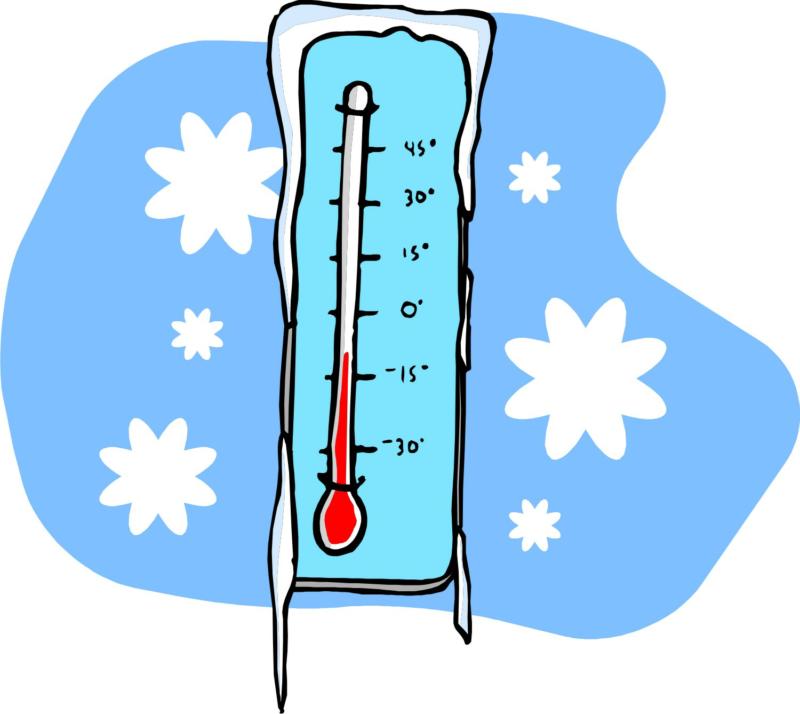Last updated on May 31, 2014
An individual does not obtain that right in lieu of being an individual. If that were the case, one would find accusations of arbitrariness. Rather, some other process, publicly available, must also become part of the process for evidence to have any worth. So, what makes evidence “what it is” in a public setting? For the sake of this examination, evidence requires a speci c understanding of the phenomenal and publicly available world that merits something as granting enough of a speci c quality – or “evidence” – to support a belief B. Even if, in the skeptic’s opinion, that outside world is in no way verifi able or one hundred- percent reliable, it is the best resource available.
Furthermore, making the assumption that the search for knowledge, as it were, was the pursuit of capital “T” truth becomes
presumptuous at this juncture. It is best to think of evidence-gathering as a process of removing doubt (temporarily, at the very least) and settling opinion between two or more parties in the public sphere. One’s total evidence (both positive and negative), then, is
gathered for that purpose.
Plantinga’s warrant, in that sense, gives some insight into evidence thus construed. If warrant equals whatever needs to be added to belief X to make it knowledge, then evidence is a token of the type. One’s total evidence off ers warrant to the belief, and this evidence must be available to all so that this belief can be examined to see if it actually provides warrant. Evidence becomes a subset of warrant, in that it becomes parts of the something added that produces warrant.
Looking at common ways of using evidence, return to the courtroom example. There is an accusation of a crime, supposedly performed by the defendant, which the prosecution believes the defendant performed. There are rules, and sets of rules, for determining who committed the crime, what the crime was, where it was committed,
when it was committed, and how. All evidence presented to the court will be relevant to exposing what happened in this particular situation. Now, one has a particular reason for the construction of what constitutes “evidence”, specifically to declare the accused innocent or guilty.
First, however, the evidence is used to reconstruct the events that happened in the past. Then, evidence is used to see which account of the events, the prosecution or the defendant’s story, rings true relative to that evidential basis. In other words, the story with the most warrant based on clearly de fined “evidence” is the one a jury will, in time and deliberation, decide upon. Then they will believe whichever story gives the best evidence to that effect based on courtroom rules. We use this procedure, rather than vigilante justice, because everyone agrees upon empirical evidence and testimony as valid evidence that anyone, including a jury of nine persons with no special training, can understand if their cognitive faculties function properly. Some evidence provide more warrant than others for different persons, but that is why there are nine jury members instead of one – different opinions and perspectives on the same evidence may render a different verdict. Thus, one can see clearly that evidence provides warrant for public beliefs according to the circumstance.
In this sense, evidence revolves around warrant, which “justifies” beliefs. However, a few questions need clarification. First, does this object, proposition, story, etc., provide relevant information to the question at hand? Second, how much warrant does a particular piece of evidence give, and relative to what other evidence (by degrees)?
First, warrant needs a more substantive definition to answer the first question. A belief has warrant in Plantinga’s model of proper functioning if it is
1. produced by cognitive faculties functioning properly
2. in a cognitive environment congenial for those faculties
3. according to a design plan successfully aimed at truth.
This means that, contextually, only those faculties aimed at the production of true beliefs (in accordance with “the facts”) are relevant; wishful thinking in times of duress or the hopeless optimism of a dying cancer patient are not included in this category. It should become obvious, then, that a courtroom is a context with two opposing beliefs, lawyers trying to convince the jury that their set of beliefs, their story, holds a greater degree of warrant than their opposition’s framing of the situation. Thus, they try to bring evidence that assumes a correctly working cognitive faculty in an
environment where this is the only information made present.
The format itself is designed for the production of the “facts” as construed in this context. So, the evidence must always speak to the audience. That will be the first property regular of evidence: what counts as evidence depends on the public context in which it is used. In a courtroom (yet again), this could range from eyewitness testimony to forensic evidence of physical objects, but the rules of what count are already assumed for the production of true beliefs in this situation, and determining proper cognitive functioning, according to the public evaluation, works in a community of peers.
For the second main criteria, evidence comes in degrees. That much is self-evident, and an obvious fact. For example, a person goes out into the cold winter air. He says “I have felt wind on my neck.” He later develops a cough and a cold. By his reckoning and his trust
in sense experience and the process of causation, the wind was the source of the cold he is now experiencing. From a scientific perspective, this is total bunk and borderline absurd, as colds are derived from viruses. In examining this statement, that would appear as an obvious conclusion, but what if he was not making a statement of empirical fact – rather, he was just relaying an anecdote to his science-adverse grandparents about his illness?
Someone asks, for example, “why did you get a cold?”, and then he relates the story above. If pressed by, for example, his doctor, he would have to provide a real reason, such as “I caught it from someone else who was coughing in my epistemology class”. The doctor needs actual information that will help the patient get better, and thus needs evidence conducive to a scientific diagnosis. There is an element of contextually relevant evidence, as what counts in both cases as proper evidence for beliefs is entirely different. Some “evidence” for beliefs simply has more force within whatever context one navigates, or even makes sense to one audience versus another.
Furthermore, degrees of evidence also revolve around the subject in question, the circumstances. If a person relays their belief in whether God exists or does not exist, a commitment either way entails a major decision on the current status of a person’s life. As such, the
evidence for or against will need extremely rigorous evidential criteria that is extremely particular. One doubts perception, memory, or induction will produce and furnish the evidence themselves, especially in a way that strikes a normal person as reasonable; rather, reason and propositional statements become the primary evidence.
The degrees are not meant to highlight one truth-producer over another, but to state clearly that different topics of
discussion require vastly different degrees of evidence in any argumentation. Lastly, the “design plan”, or the way in which cognitive faculties have been constructed, work in between the three previous distinctions by allowing for the proper evidence to arise in the specific circumstance at hand.
Part Three Next Sunday


